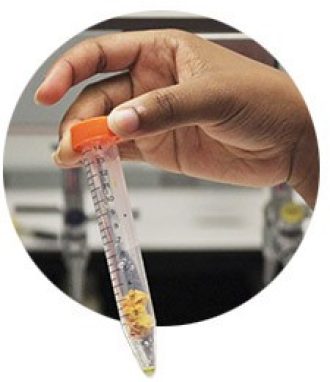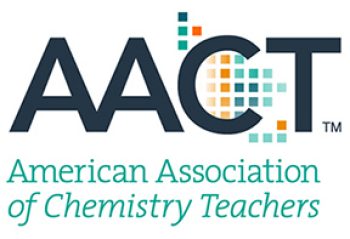Profile with Chancée Lundy, Co-founder of Nspiregreen
By Christine Suh February/March 2019
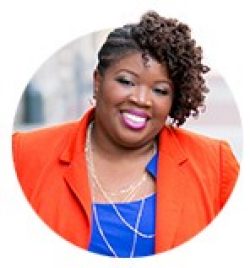
For Chancée Lundy, high school was more than a place to learn: It served as a refuge. “It provided an escape from what I saw as a neighborhood that I didn’t necessarily want to hang out in,” she says.
Fortunately, she loved school—and chemistry, in particular. At the same time, her involvement with community organizations introduced her to the concept of environmental racism, a web of local policies and practices that results in people of color being disproportionately affected by pollution in a particular neighborhood.
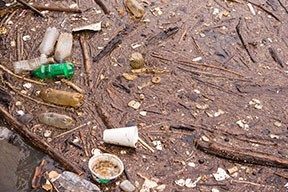
“A lot of what I saw in communities is that people [affected by pollution] would be advocating for change, and they would know which policy they were against,” Lundy says. But, she adds, the communities often didn’t have the technical expertise that could help them interpret data and make a case for change.
Perhaps it’s no coincidence that Lundy attended a school intimately familiar with activism—Selma High School, which formed during the civil rights movement in response to court-ordered integration.
Lundy wanted to help communities bridge the technical knowledge gap, so she studied environmental science with a minor in chemistry at Alabama A&M University. She went on to earn a master’s degree in civil engineering at Florida State University. After that, she worked in the private sector, ensuring that her employers were being good stewards of the environment.
Wanting to circle back to her passion for community-based environmental justice, she and fellow engineer Veronica Davis co-founded an environmental consulting firm called Nspiregreen in 2009. The duo continues to lead the Washington, D.C.-based company today, helping communities reduce pollution and its ill effects.
“We just wanted to offer something a little different to the marketplace, and we believed that we could do it.”
Q&A
[This interview was edited for length and clarity.]
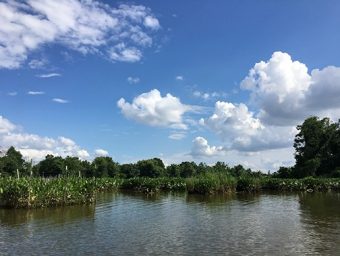
Q. What did you like about chemistry in high school?
A. I think I was a sophomore in high school when I took general chemistry and really loved it. I don’t know if it was just balancing equations or what it was, but I liked chemistry. I liked doing the experiments.
Q. How did you become interested in the intersection between science and policy?
A. I wanted to help people. Back then, people were talking about environmental racism, the relationship between toxic chemicals in the air and water near manufacturing areas, and how they related to cancer clusters. I was looking at chemistry to determine if there were better ways of manufacturing that would reduce the need for these chemicals and reduce the amount of pollution from these processes.
Q. After you got your engineering master’s degree, what did you do?
A. I went to work in corporate America as an air-quality engineer. I was trying to make sure that the company I worked for was being a good neighbor. I helped come up with programs to reduce greenhouse-gas emissions.
Q. How did you make the transition from corporate employee to the co-founder of your own business?
A. When Veronica and I started our company, it was 2009 at the height of the recession. So, I think a bit of youth and naivety was tied into the decision. But we just wanted to offer something a little different to the marketplace, and we believed that we could do it.
Q. What need did you identify that your company could fill?
A. We started our company to do public outreach for environmental and transportation-related projects. That is low-hanging fruit on most projects. For us, the differentiator would be that we are not a public relations or marketing firm. We know the technical side, and we know how to communicate it.
Q. What advice would you give to high school chemistry students?
A. Whether you want to be a public speaker, an entertainer, or in a scientific field, think about how chemistry fits in. For me, I wanted to pursue environmental and social justice, so I figured out how chemistry fit into that.
Also in this Issue...
Clean & Green
By XiaoZhi Lim
